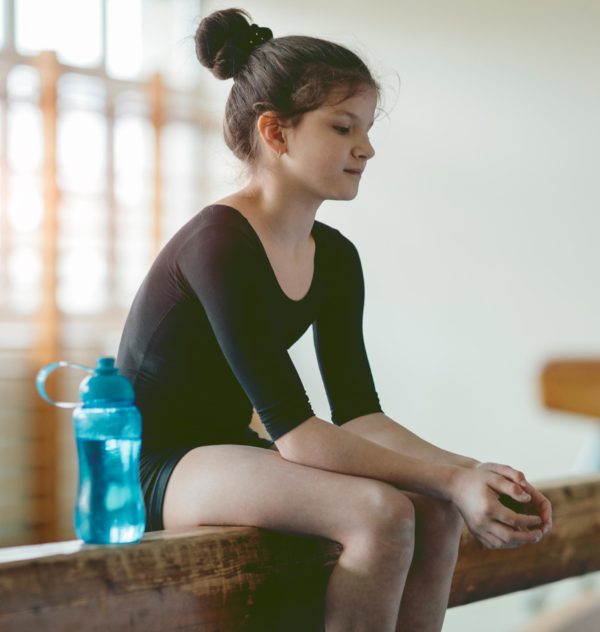
Athletic Trainer Jamie Broz explains how to spot the signs of burnout and some strategies to counteract it.
As this season comes to an end, it may feel a little longer than in the past. It’s been over 2 years since a competition season has been completed. A lot of effort went into making this season count and the training was difficult with the unfamiliarity of the situation. It’s important to be mindful of the mental, as well as the physical effects, that can be considered burnout.
What is burnout?
The National Athletic Trainers Association defines burnout as, “a response to chronic stress of continued demands in a sport or activity without the opportunity for physical and mental rest and recovery.” The pandemic took a toll on many families and it’s hard to understand the effects it has on the athletes. Getting going again, with many a sporadic start and stop due to sickness, injury, and training interruptions, which only forced gymnasts to push harder to make up for lost training and added expectations. At a young age, this can burn out a kid before they get the opportunity to engage in the sport in its entirety.
How do we know when burnout is occurring?
Burnout can be difficult to identify if the coach and the parent aren’t noticing and monitoring the athlete’s schedule. Checking in on the athlete’s overall well-being can help a parent decide what might be too much or help with picking up the signs of burnout. Both parents and coaches can look for signs that burnout is present. One such sign is a decrease in their competition performance as the season ends or if they have a lingering injury or pain that they aren’t addressing. They could also lack ambition to do their normal routine. Are they hard to drag to the gym or school?

The best way to address burnout is to encourage them to take a break. It could be as simple as going for brunch instead of the gym one day to rejuvenate them. Some may need actual rest or to include additional time each day to recharge. Having FUN doing a variety of activities can give them the break they need – this may look different depending on the time of the year and competition season. Allow exploration into activities they enjoy and the learning of different skills or hobbies. Another sport or physical activity that is different to gymnastics can be beneficial to the gymnast, if the participation in the season doesn’t overschedule them. Cross training, or performance enhancement activities is not considered time away or rest, so avoid strenuous activity that simulates the same training pattern as being in the gym. Everyone deals with stressors differently and the younger the athlete, the more guidance they will need to help them from burning out at the very end of a long pandemic season.
Jamie Broz is an Athletic Trainer and co-creater of The Center for the Female Athlete, Dayton Children’s Hospital, Ohio.